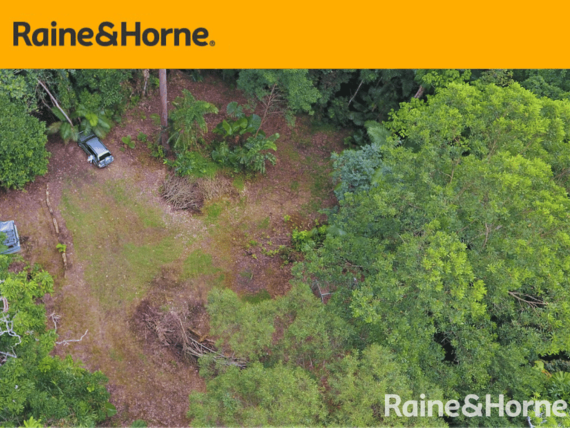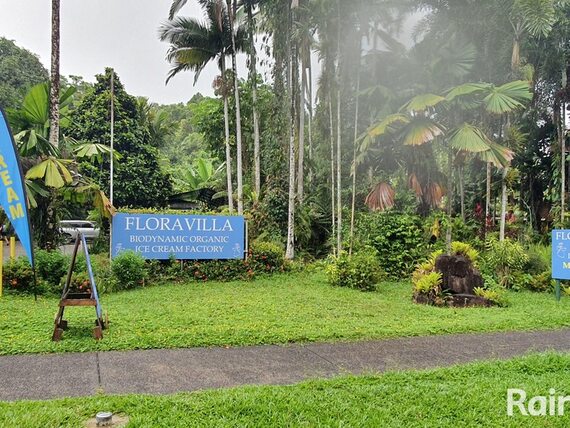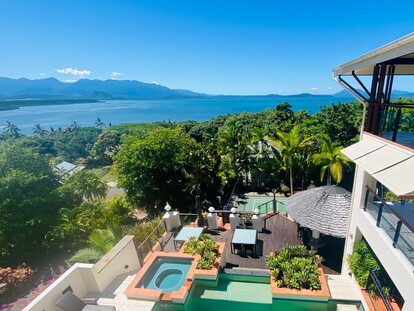EL NIÑO RETURNS: BoM predicts small cyclone season for Douglas Shire and Far North this season
CYCLONE OUTLOOK

As cyclone season nears for the Douglas Shire and the Far North – the Bureau of Meteorology has issued its outlook for the November to April season, saying there’s likely to be a “below average” number of tropical cyclones.
The BoM has confirmed what many weather forecasters both in Australia and the Asia-Pacific region have been tipping for a few months now – that the El Niño weather event in the tropical Pacific Ocean has influenced this year's tropical cyclone season forecast.
“In El Niño years, the first cyclone to make landfall on the Australian coast typically occurs later than normal, around the second week of January,” the BoM’S outlook says.
“This is compared to all years where the date of the first tropical cyclone to make landfall over Australia is typically in early January.”
“El Niño typically reduces the total number of tropical cyclones which form in the Australian region (compared to the long-term average), as well as the number of coastal crossings; however, at least one tropical cyclone has crossed the Australian coastline in every season since reliable records began in the 1970s.”
Less chance of cyclones might also bring some hope to the tourism sector in the Douglas ‘off season’ – struggling to recover since the pandemic, partly due to higher costs of living, air fare rises, and stiffer competition from other destinations.
For the upcoming 2023–24 season, the forecast indicates a likely below average number of tropical cyclones in all regions – including the ‘Eastern’ region on the BoM’s map, which covers Douglas and surrounding areas.
“The Eastern region has a 24% chance of more tropical cyclones than average and a 76% chance of fewer tropical cyclones than average,” BoM’s season outlook says.
“The season average number of tropical cyclones for this region is four, and typically one of these makes landfall. Historical forecast accuracy for this region is moderate-to-high.”
BoM forecasters go on to say that in recent decades, the frequency of tropical cyclone formation overall in the Australian region has decreased.
“Since 2000, the average number of tropical cyclones that form in a season has reduced to nine. However, the output of the seasonal forecast uses the long-term average of 11 per season.”
El Niño was last declared by the BoM eight years ago.
“El Niño conditions were established in the tropical Pacific in September 2023. Prior to that, the last El Niño declared by the Bureau was in 2015–16.”
Thank you!
Newsport thanks its advertising partners for their support in the delivery of daily community news to the Douglas Shire. Public interest journalism is a fundamental part of every community.
Got a news tip? Let us know! Send your news tips or submit a letter to the editor here.
* Comments are the opinions of readers and do not represent the views of Newsport, its staff or affiliates. Reader comments on Newsport are moderated before publication to promote valuable, civil, and healthy community debate. Visit our comment guidelines if your comment has not been approved for publication.


















